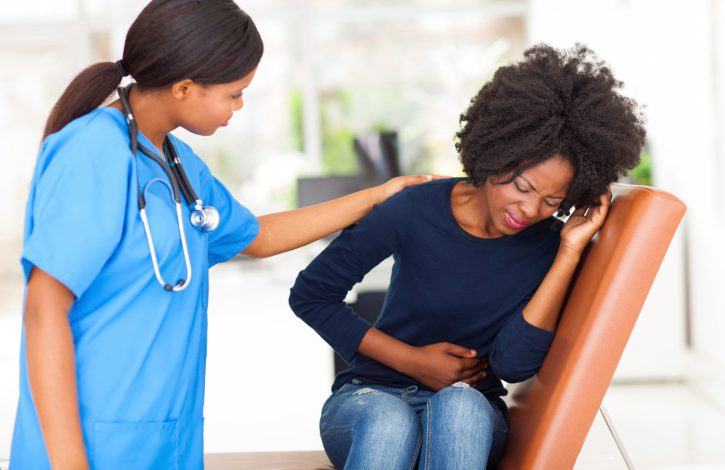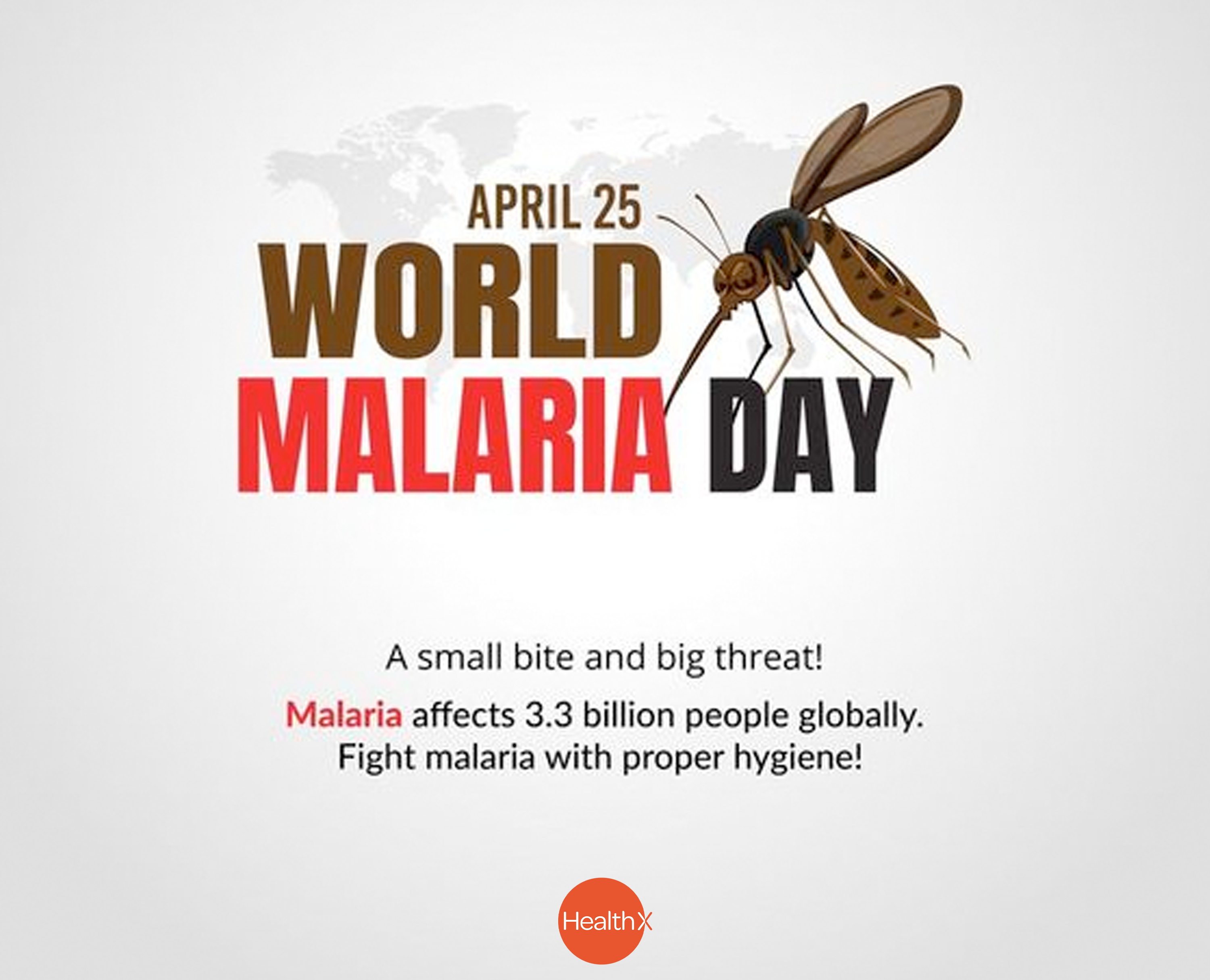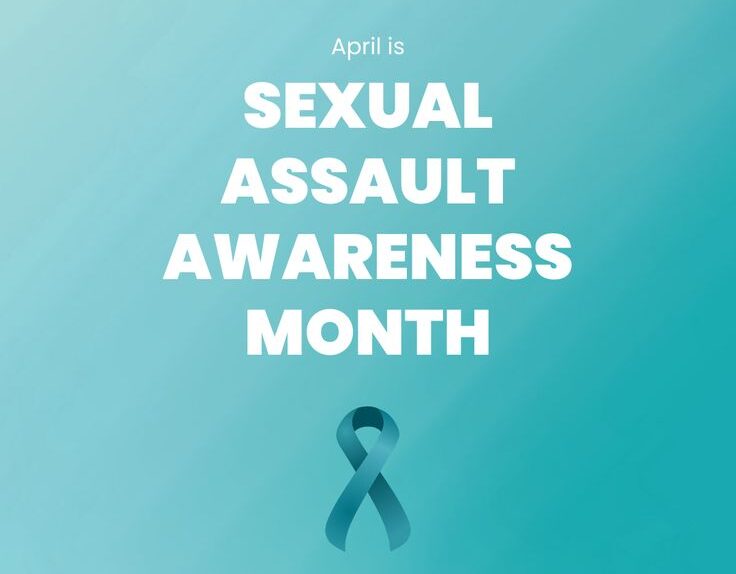Shedding light on ENDOMETRIOSIS
Endometriosis is a poorly understood condition that affects millions of women in their reproductive age. The severity of the disorder is mostly ignored with many dismissing it as ‘women’s troubles’,


Endometriosis is a poorly understood condition that affects millions of women in their reproductive age. The severity of the disorder is mostly ignored with many dismissing it as ‘women’s troubles’, yet sufferers live in severe pain and sometimes are also unable to work and socialise. It may also cause fertility problems. Here’s what you need to know about this debilitating condition.
Endometriosis is a condition resulting from the appearance of the endometrium tissue (the lining of the uterus) outside the uterus. The endometrium can grow on the bowel, pelvis lining and ovaries resulting in severe pelvic area pain. The displaced endometrial tissue continues to act as it normally would – it thickens, breaks down and bleeds with each menstrual cycle. However, the displaced tissue has no way to exit the body hence it gets trapped. This may cause the surrounding tissues to become irritated leading to scar tissues and adhesions hence the pain.
What causes endometriosis?
The exact causes of endometriosis are not known but possible causes include:
Retrograde menstruation: This is a situation where menstrual blood containing endometrial cells flows back through the fallopian tubes and into the pelvic cavity instead of out of the body.
Surgical scar: After a surgery such as a Caesarian section, endometrial cells may attach to a surgical incision.
Endometrial cells transport: Blood or lymph fluid may carry endometrial cells to other parts of the body.
Immune system disorder: It’s possible that a problem with the immune system may make the body unable to recognise and destroy endometrial tissue growing outside the uterus.
Family history: Women who have a close relative with the condition are up to between seven and 10 times likely to get endometriosis. It is also common for twins to get endometriosis particularly if they are identical.
Other possible factors include delay in childbirth, early pregnancy, alcohol, low body weight, regularly having less than 27 days between periods, heavy bleeding during periods and periods lasting longer than five days.
Symptoms of endometriosis
The symptoms vary from one woman to another but the main ones include:
Pain
Pain immediately before and during your period.
Pain during and after sex.
Ovulation pain, including pain in your thigh or leg.
Bleeding
Heavy bleeding with or without clots.
Irregular bleeding with or without a regular cycle.
Bleeding longer than normal.
Bleeding before your period is due.
Tiredness
Anxiety and depression due to ongoing pain.
Symptoms of endometriosis appear to go away with pregnancy. This is thought to be because pregnancy hormones cause the endometriosis to reduce. After the baby is born, the effects of endometriosis are unclear.
Treatment of endometriosis
Currently, there is no cure for the condition. The available treatments aim at reducing the severity of symptoms and improving the quality of life for a woman living with the condition. The type of treatment you receive should be decided between you and your healthcare professional. Treatment options available to women with endometriosis include:
Medicine: If you have pain or bleeding but aren’t planning to get pregnant soon, birth control hormones (patch, pill or ring) may be all that you need to control the pain. Birth control hormones are likely to keep endometriosis from getting worse.
Dietary changes: Eat organic foods. Avoid refined white sugar, white flour and white rice. Also avoid soy products and reduce the intake of processed food.
Castor oil: This is an old effective remedy for endometriosis. Castor oil helps the body get rid of excess tissues and toxins. It should be used at the beginning of menstrual cycle when cramping is first noticed.
Pelvic massage: Massaging the pelvic area and lower abdomen with an essential oil like lavender or sandalwood will help to relax muscles and soothe minor pain associated with endometriosis.
Surgery: It is usually chosen for severe symptoms when hormones are not providing relief or if you are having fertility problems.
Stages of endometriosis
Staging of endometriosis is based on the location, amount, depth and size of the endometrial tissue. Specific criteria include the extent of spread tissue, involvement of pelvic structures in the disease, extent of pelvic adhesions and blockage of the fallopian tubes. There are four stages of endometriosis:
Stage 1: Minimal endometriosis is characterised by small wounds, inflammation and endometrial implants on one’s ovary.
Stage 2: Mild endometriosis involves light wounds and shallow implants on an ovary and the pelvic lining.
Stage 3: Moderate endometriosis is characterised by deep implants on one’s ovary and pelvic lining.
Stage 4: Severe endometriosis involves deep implants on the pelvic lining and ovaries. There may be wounds on the bowels and fallopian tubes.
The stage of the endometriosis does not necessarily reflect the level of pain experienced, risk of infertility or symptoms present. For instance, it is possible for a woman in stage one to be in tremendous pain while one in stage four is asymptomatic.
May 2016





